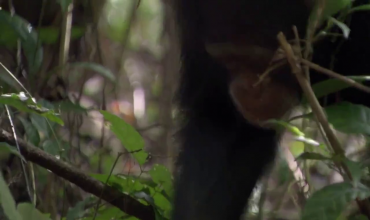-
or
Move to the previous cue
-
or
Move to the next cue
-
or
Increase size of captions
-
or
Decrease size of captions
-
or
Translate current cue
Plot summary
Plants endure a daily struggle for water, nutrients and light. On the forest floor where light is scarce, time-lapse shots show ivies and creepers climbing into the canopy using sticky pads, hooks or coiled tendrils. Epiphytes grow directly on the topmost branches of trees. Their bare roots absorb water and trap falling leaves, which provide nutrients as they decompose. Animals can also be a source of food: the sundew traps mosquitoes with sticky fluid, and venus flytraps close their clamshell leaves on unwitting insects. Sandhill milkweed defends itself against feeding monarch caterpillars by secreting sticky latex from its leaves. The milkweed endures the onslaught because, like most plants, it produces flowers, and the newly hatched butterflies pollinate them. After flowering, brunsvigia plants in South Africa are snapped off by strong winds, sending their seed heads cartwheeling across the ground. Saguaro cacti produce succulent fruit to attract desert animals which ingest and disperse their seeds. Some plants have adapted to survive environmental extremes. Dragon's blood trees and desert roses thrive on arid Socotra, and coastal mangrove trees survive by filtering salt from seawater. Bristlecone pines live above 3,000 m in North America's mountains. They have a six-week growing season and can live for 5,000 years, making them the oldest living things on Earth. Grasses are the most successful of all plants. Of their 10,000 varieties, two cover more land than any other plant: rice and wheat. Life on Location goes behind the scenes of a time-lapse sequence in an English woodland. Because actually growing plants outdoors would prove a challenge to film (with constantly changing conditions) this scene used plants grown in a studio on a bluescreen duplicating a real outdoor backdrop. The entire process took two years to make.

